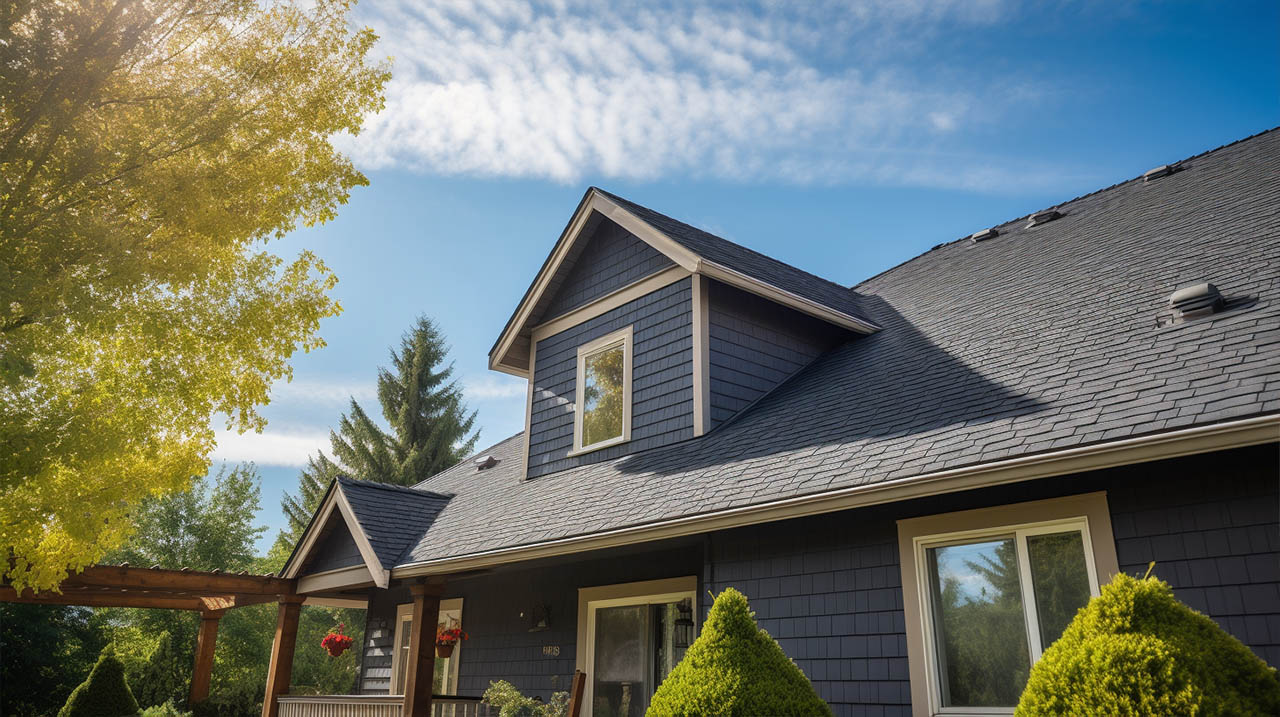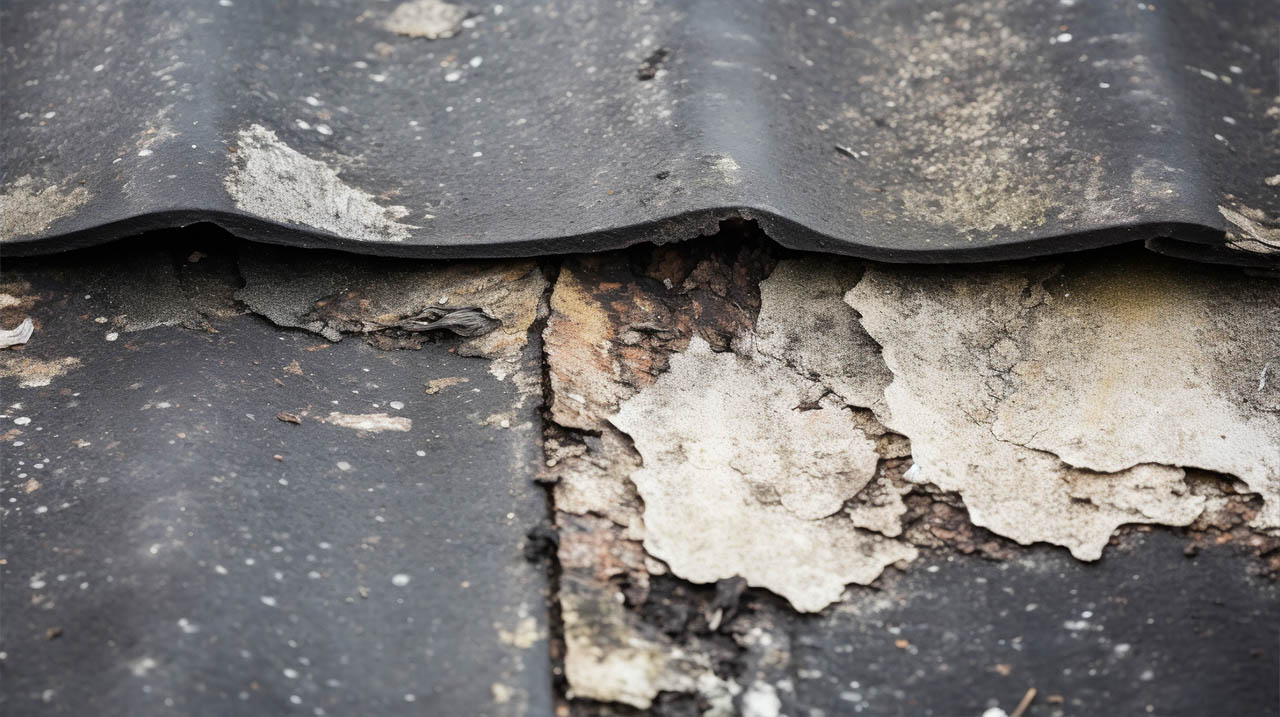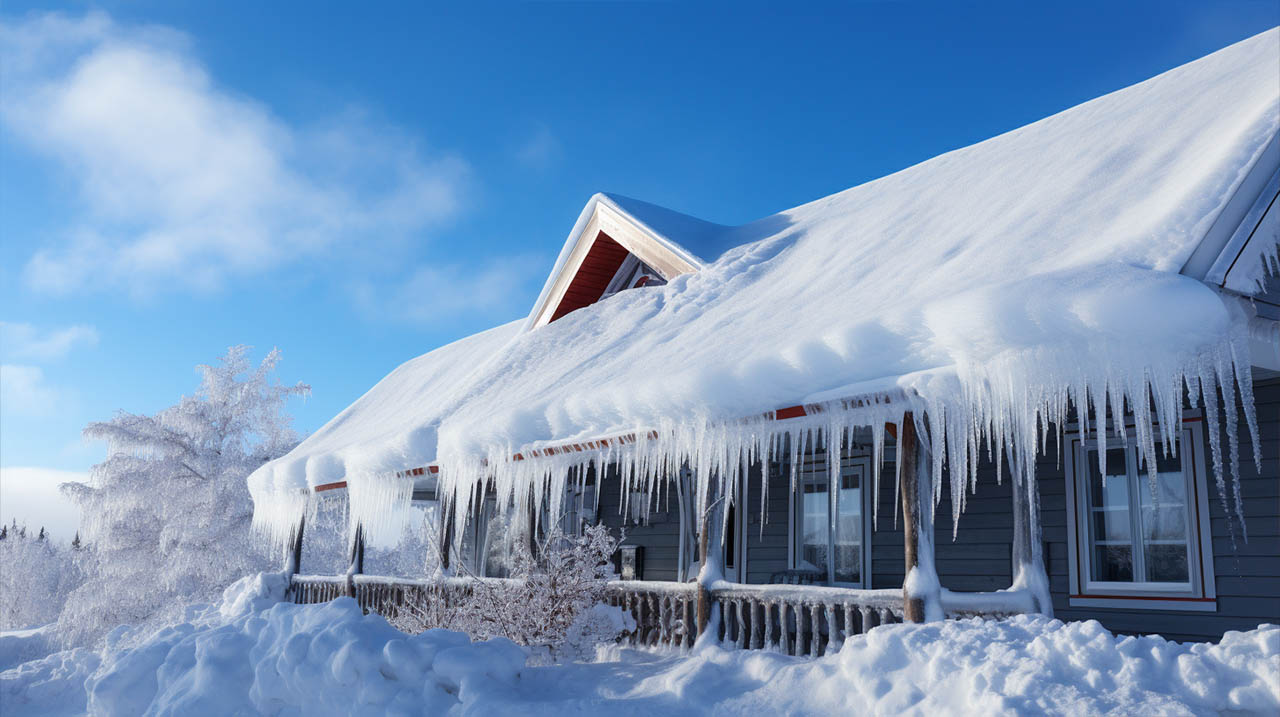Understanding the weight-bearing capacity of a roof is crucial for both homeowners and business proprietors. This knowledge is pivotal for various reasons, such as determining the safety of walking on the roof, gauging the amount of snow it can handle, and deciding on the need for sturdier roofing materials. Moreover, it’s essential to ensure that local roofing contractors in Columbia MD can safely conduct maintenance or emergency repairs. So, let’s delve into the specifics of how much weight an average roof can support and the measures to enhance this capacity.
Dead Load vs. Live Load: The Basics
Dead Load: This refers to the weight of the roof itself, including the materials used in its construction like shingles, underlayment, and guttering. Typically, a standard shingled roof can support between 15-20 pounds per square foot. This weight is more than sufficient to cover the weight of the shingles and other construction materials. However, it’s essential to be aware of local regulations, as they might have specific requirements.
Live Load: This encompasses additional weights that might be placed on the roof, such as snow, water, or even people. Most roofs can handle an additional 20 pounds per square foot as a live load. It’s crucial to differentiate between the dead and live loads to ensure the roof’s safety and longevity.
Roofing in Maryland: What to Expect
Maryland’s roofing regulations can differ from one county to another. On average, roofs in Maryland adhere to the standard 20 pounds per square foot rule for both live and dead loads. However, the type of roofing material plays a significant role in this. For instance, while asphalt shingles are a popular choice due to their lightweight nature, other materials like metal or clay tiles can offer higher weight-bearing capacities.
Factors influencing the weight-bearing capacity include:
- The nature of the property (commercial vs. residential)
- The slope of the roof, especially concerning snow accumulation.
Given Maryland’s propensity for heavy snowfall, many counties have stringent regulations to ensure the structural safety of roofs. It’s imperative to be aware of these regulations and choose roofing materials accordingly.
Enhancing Your Roof’s Strength: Tips from Kanga Roof
At Kanga Roof, we believe in ensuring the utmost safety and longevity for your roofing structures. Here are some expert tips to bolster your roof’s strength:
- Strengthening Trusses: Fortify your trusses by adding additional wooden beams at even intervals. This enhancement can significantly increase the weight your roof can bear.
- Prompt Shingle Repairs: Addressing damaged shingles promptly can prevent issues like ice dams and further weather-induced damages. Remember, your roof is your primary defense against external elements.
- Secure Trusses to Walls: Using robust tie-downs, like hurricane tie-downs, can help anchor trusses to your property’s internal walls, enhancing the overall weight-bearing capacity.
Ensuring Roof Safety in Columbia MD
Before you decide to venture onto your roof or add any additional weight, consider the following:
- Are you aware of the live load rating?
- Are you equipped with the right safety gear?
- Would it be prudent to consult with a reputable roofing company in Columbia MD, like Kanga Roof, to ensure your roof’s weight rating is current and adequate?
Being informed and taking necessary precautions will not only ensure the safety of your roof but also extend its lifespan. Always prioritize regular inspections, especially in regions like Columbia MD, to comply with local codes and safeguard your property.







